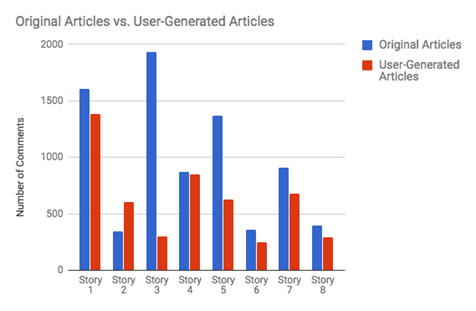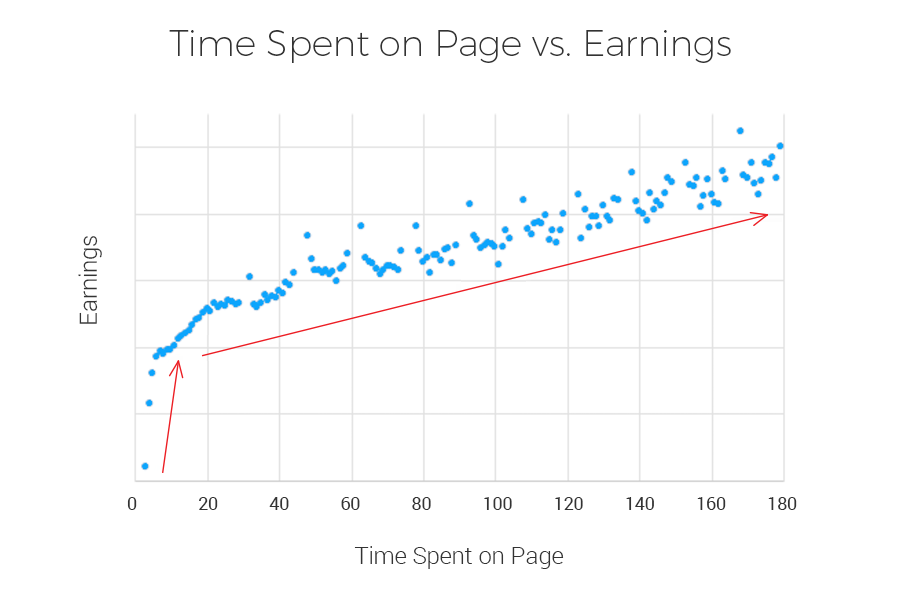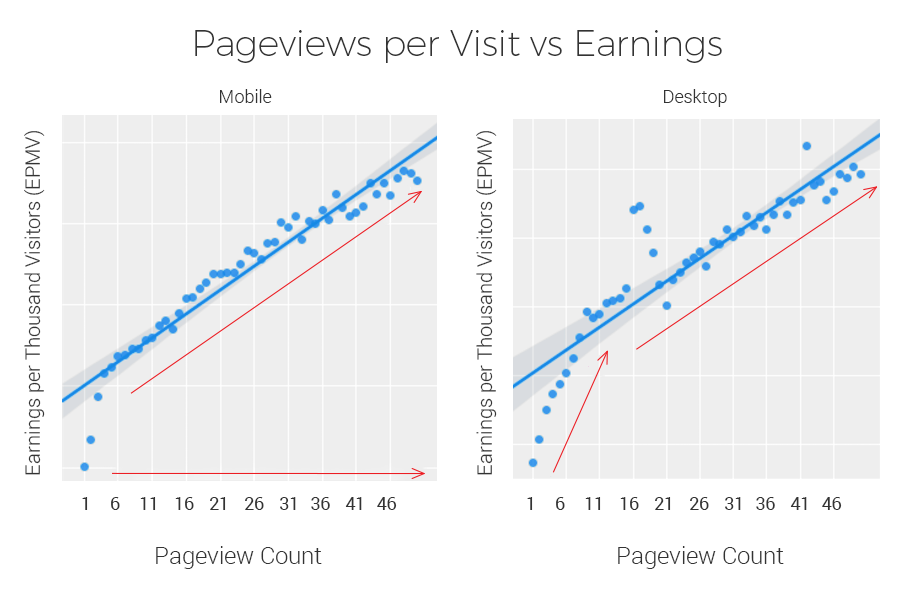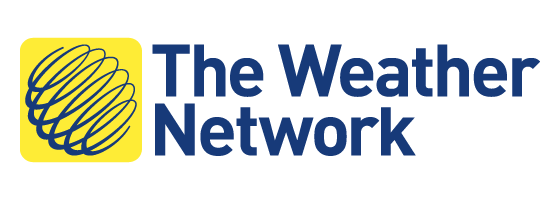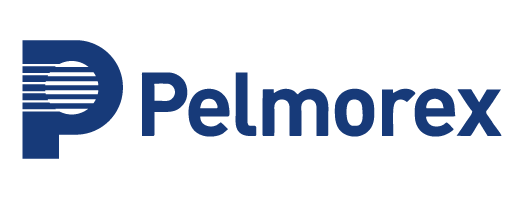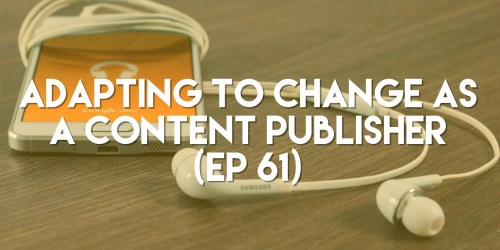Trust. In today’s media environment, it’s the cornerstone to growing a loyal community of registered users and paid subscribers.
Users today crave a direct relationship at the source of information, with a brand that provides a safe environment where they can connect and consume information. More and more, users are willing to pay for exactly that, while advertisers are also making it a priority.
But – in an age of “fake news,” data breach scandals, and information overload propelled by social media – site visitors will only become registered users and paid subscribers with brands that they trust. And building that trust means changing up the traditional revenue models a lot of online publishers rely on.
So how do you create enough trust to convert anonymous users into registered subscribers? Then how do you keep it?
“Trust is one of the most discussed topics in Western media at the moment, mainly because there is none.”
—Peter Houston
Trust begins with data handling, privacy policies and regulations
Trust is a driving issue throughout the web today. Social media sites like Facebook have already faced public scrutiny for how they handle the privacy of their users’ data, gaining disfavor after allowing third parties to access users’ personal information for both commercial and political gains. When Facebook founder and CEO Mark Zuckerberg had to testify before US government officials over the Cambridge Analytica data breach it became clear he’d broken the public’s trust.
And publishers and content producers are just as accountable to their audiences. Those based in the European Union, or who are targeting or monitoring the behavior of audiences in the EU, are also accountable to European regulators. With the newly implemented GDPR regulations, media companies now have a fiduciary responsibility to uphold these laws when engaging with European audiences, and must remain transparent in how personal information data is collected and handled through privacy policies, or face harsh financial penalties. This is a new precedent impacting the web globally, with more countries expected to follow suit.
Whether forced through regulation or the threat of a tarnished public image, online publishers have to earn trust to gain loyalty. And to earn a registered user means providing the details of how their personal information is shared, stored, tracked and deleted.
Engagement builds a sense of belonging
Trust is multi-faceted, though, and the right data policy is only the first step. Advertisers, journalists and loyal community members also want a safe environment where healthy and productive discussions can take place, and where they can get to know your community and develop that trust naturally.
When your writers and journalists participate in the online commenting section, community engagement goes up. With so much time and money being spent on discovery, enabling your audience to connect with both your content and writers through real-time conversations goes a long way in building a loyal relationship with users. Providing author engagement to drive loyalty and trust with your audience keeps them returning and spending more time on your site.
But also ensure that the community you offer is a safe one. Upholding community guidelines in real time with automated moderation can save community members and writers from personal attacks, hate speech and harassment, creating a positive user experience they can all trust. Community management standards can be maintained automatically through moderation technology that will protect your brand and audience from malicious behavior, while auto moderation also offers internal efficiencies so newsrooms no longer have to invest time managing the comments section but can instead focus on high-quality engagement and reporting.
Monetization begins with loyalty
The value of trust and brand loyalty goes beyond just audience engagement, too. In today’s world of big data and robust analytics, advertiser expectations are more sophisticated than ever, and monetization itself relies on users’ relationship with your site.
It’s no longer enough to just get clicks on a page – especially with click-bait and bots inflating those numbers. Instead, advertisers want to see growth in brand loyalty before partnering with publishers. For proof of that, they want and expect to see assurance metrics that prove that audiences are loyal enough to stick around long enough to consume their content. And not only do they want to see engaged users, they need to see brand safety standards in place that will support partnering with the publisher representing their brand.
Advertising isn’t the only monetization model that benefits from trust, either. There is a shift in the publishing world that goes back to the original roots of monetizing the relationship with an audience through paid subscriptions. Today, that takes form through the incorporation of paywalls and a new focus on reader revenue.
Audiences seek out coverage from trusted sources that allows them to actively participate and engage in the conversation as it unfolds – and they’re often willing to pay for that. By offering a seamless personalized user experience, introducing low page-load times and focusing on UX design, media companies can grow audience loyalty through engagement by offering user-centric features that help maintain that relationship. By engaging your users through content and personalized features, you can keep loyal registered users coming back.
Loyalty and trust go hand and hand
Attaining trust and driving a user to become a registered subscriber requires a value exchange between the online publisher and the reader. By giving your community different ways to consume content and interact directly on their trusted channel of choice – your media site – you power that exchange and encourage loyalty and revenue.
By offering protection for users to safely engage while delivering a personalized brand experience, media companies can grow their audiences by developing trust – converting unknown visitors into registered users, and maintaining that trust through the loyalty of a subscriber.
Interested in learning more?
Connect with us today to learn how Viafoura can help you build, manage and monetize your audience.



